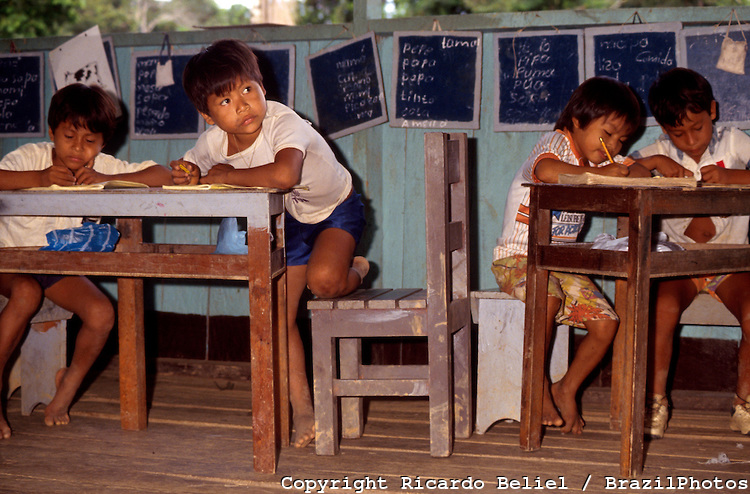By Issey Abraha
An indigenous health institute was launched in the heart of the University of Toronto.
The institute was given the name Waakebiness-Bryce. Waakebiness means Radiant Thunderbird in the south in the Anishinaabemowin language, while Bryce is from Dr. Peter Henderson Bryce, who founded the Public Health Service of Ontario.
Toronto neurosurgeon and philanthropist Dr. Michael Dan donated $10 million to the institute to help right the wrongs of the social and economic inequality of the indigenous people.
“If health issues are not addressed, especially for future generations, the burden will lead to unnecessary suffering and higher health care costs which is important for everyone,” said Jeff Reading, interim director of Waakabiness-Bryce Institute for Indigenous Health.
One U of T student is glad to see a centre being opened for indigenous peoples.
“I feel that this institute is a great addition,” said Betiel Debessai, a University of Toronto Nursing Masters student. “It will focus on aboriginal issues and conduct research to better understand the community concerns.”
The institute’s primary goal is to be fully involved in the community.
This will allow indigenous people to partner with the institute on College St. at the university’s downtown Dalla Lana School of Public Health to ensure the program has the proper research and education capabilities to fully benefit native peoples.
“We’re at a time where research has been done in many fields on aboriginal people,” said Shelly Charles, adviser on Aboriginal Relations at Humber College.
“This new centre that U of T has will enable aboriginal experts and the doctors to initiate our own research in health,” she said.
The naming of new institute comes at an important time, as Humber College will be opening its new Aboriginal centre in the new LRC in early spring.
“We will have a big opening where we will invite people from the community to help celebrate it,” said Charles.
“Our centre, as it is now, is too small; not only does it give more space for the students but it also increases those opportunities where we can dialogue for community purposes,” she said.
Both institutes will share common ground in helping indigenous people who are less likely to have the same opportunities as other Canadians and be able to optimize their health and well being.

